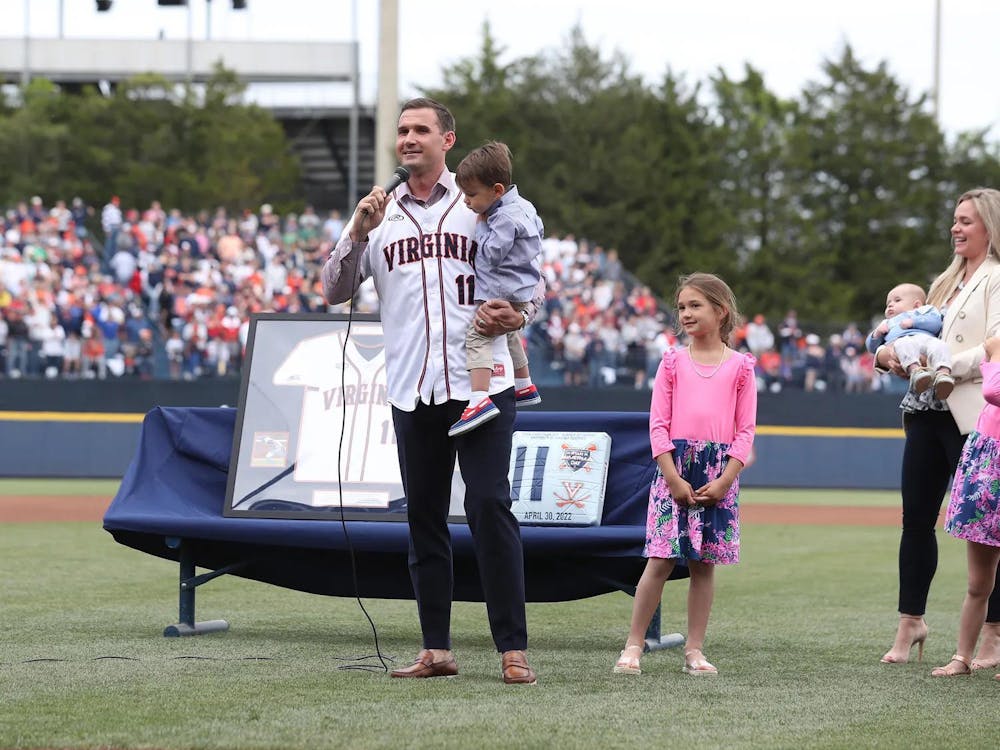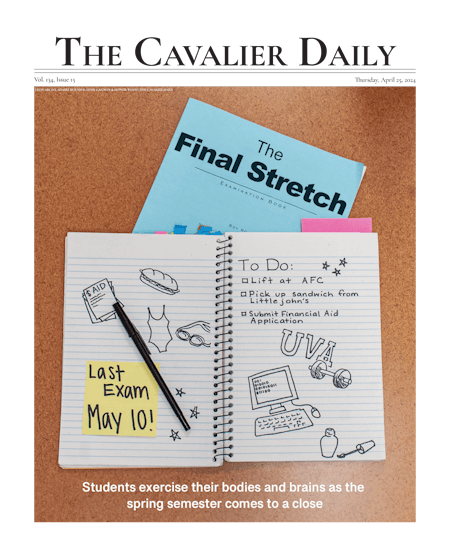In discussions of the University’s finances, one word constantly crops up: the endowment. But an endowment is nothing if managed poorly — the University can credit a large portion of its endowment’s size and comparatively high growth rate to the University of Virginia Investment Management Company (UVIMCO), the non-stock corporation that manages the University’s investments.
UVIMCO is administered by a Board of Directors, three of whom are specifically selected by the Board of Visitors and one whom is selected by the University President.
In the past 20 years, UVIMCO has played an increasingly large role in the University’s operating budget. Since 1991, the state appropriations contribution to the University’s budget has decreased from 33 percent to just less than 10 percent. In this same period, the percentage of the Academic Division’s operating budget coming from UVIMCO’s endowment contribution has increased by more than five percent, now comprising more than 10 percent of the budget.
UVIMCO’s funds are currently divided into short-term and long-term pools. The Short Term Pool, launched in October 2012, is designed for “near-term liquidity needs,” while the Long Term Pool supports “endowment spending requirements and risk profile of the University,” according to an overview of UVIMCO services in the 2012-13 annual report.
Highly liquid investments, like those in the Short Term Pool, are stocks that can be “easily and quickly sold, and thus convertible to cash,” Econ. Prof. Maxim Engers said.
The addition of the Short Term Pool, managed by Sherri King, is meant to provide quick access to funds through a stable portfolio, Chief Executive Officer Lawrence Kochard said in the 2013 public report.
Outside of direct support to University operations, 10 percent of the Short Term Pool supports University-related foundations directly, such as the Alumni Association, the Jefferson Scholars Foundation and the Rare Book School.
The Long Term Pool aims to allocate 60 percent of its annual funds to equity managers, who are responsible for investing into a diversified stock portfolio.
In the past twenty years, private equity has contributed heavily to the Long Term Pool’s performance, with an average annual return of 21.1 percent on investment.
Another 10 percent of the pool is allocated to real asset managers, who manage commodities like precious metals, oil and land.
“Real assets provide protection in an inflationary environment,” Kochard said of this category. “[They] tend to benefit a diversified portfolio during periods of rising prices or interest rates and/or a depreciating dollar.”
The final 30 percent of funds go to fixed income, marketable alternatives and cash, which “refers to investments in bond, hedge funds, private equity firms and things which are not traded on the exchanges the way stocks and bonds are,” Engers said. Fixed income and marketable alternative investments provide financial protection when the economy is weaker.
The Long Term Pool’s actual allocation as of June 30, 2013, was 66 percent to equity managers, 14 percent to real asset managers and 20 percent to fixed income, according to University spokesperson McGregor McCance.
In the past ten years, UVIMCO has put emphasis on more non-traditional investment strategies. However, as a result of the 2008-09 financial crisis, UVIMCO reduced investments in long and short equities, favoring the more stable cash and bond portfolio.
Returns on investments made from the Long Term Pool are allocated to three major aspects of the University. Of the endowment’s 13.4 percent return on investments in the 2012-13 fiscal year, 61 percent was distributed back to the endowment, 22 percent to University-related foundations and 17 percent to University’s long-term operating reserves.
The portion of returns designated to the University endowment is used to expand the University’s program offerings and facilities by supporting professorships, scholarships, fellowships, lectures and other aspects of academics at the University.
The University receives a large portion of its Long Term Pool from donations and long-term operating reserves. Philanthropic support of the University totaled $242.6 million during fiscal year 2011-12. Donations can be contributed in the form of restricted or unrestricted annual gifts, endowments, trusts and estates, and corporate and foundation gifts.
“Gifts may be unrestricted, with no direction on how the gift is expected to be used, or may be very specific, such as an endowment gift for a specific professorship,” McCance said.
The University’s allocation of financial support provided by donors is contingent upon the requests of the donor. If the donor makes no specific requests regarding the use of such finances, the University’s Board of Visitors is free to determine how the donation will be used.
When it comes to evaluating donations and their sources, UVIMCO and the University work on a case-by-case basis.
“We look carefully at the gift agreement, because we don’t want to accept money for a purpose that we can’t fulfill,” University President Teresa Sullivan said. “In terms of where the money comes from, I would say in some places there would be reasons when accepting money could be a problem, [for example] researchers are not able to accept NIH funding if they are accepting money for a tobacco company.”
The University’s endowment currently ranks among the five largest for public institutions for higher education and among the largest 20 of all American colleges and universities.
- Tiffany Truong contributed to this report




